“I wake in deep dark. So sleepy. My dog, Jesse, slumbers beside me, and my mom drives us farther into the black night.” So begins a child’s account of a typical day with Mom, who drives an 18-wheeler for a living. Their day includes a truck stop (a bathroom break, followed by breakfast to go), a game of I Spy from the cab, a rest-stop lunch, Mom’s safety check of the rig’s tires, some singing as the miles tick by, and another truck stop (an eat-in dinner this time). To readers, this will seem like a party, although Hundal keeps things real by having the narrator acknowledge feelings of boredom at one point. Though apparently about 6 or 7, the protagonist doesn’t have a young child’s voice, and Hundal’s occasional attempts at kidspeak can feel forced (“First stop: the bathroom. Fast, ’cuz this one’s kind of gross”). Regardless, readers should cotton to the novelty of the book’s milieu. Poon’s mellow-vibe art, which captures the day’s shifting light as it dusts the scenic views, delivers cool details, like the rig’s involved-looking dashboard and the cozy-cramped sleeper cab, which accommodates the narrator, Mom, Jesse, and several stuffies just fine. Mom and child are tan-skinned with dark hair and eyes.




